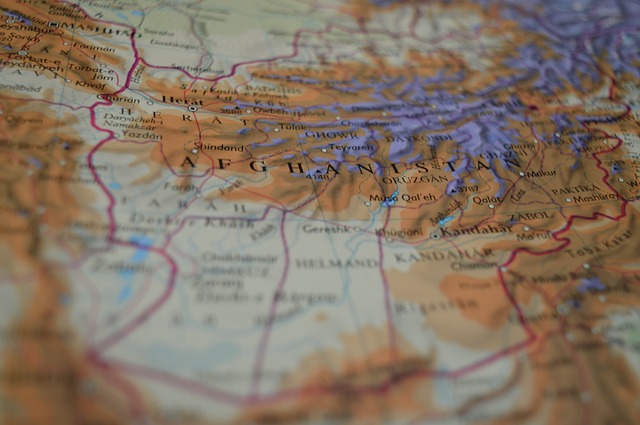As of Aug. 30, 2021, President Joe Biden successfully removed all United States (U.S.) armed forces from Afghan soil, following former President Donald Trump’s deal with the Taliban, an Islamist political and military organization.
Trump struck a deal with the Taliban in February 2020 in preparation for the retreat. The terms included the complete removal of U.S. troops from Afghanistan in 14 months in exchange for the Taliban’s agreement to stop attacking U.S. forces and preventing Afghanistan from becoming completely overrun by terrorists. After finalizing the deal, the U.S. nearly halved the number of soldiers they had in Afghanistan in the first 100 days, completing the withdrawal at a much slower rate over the next few months. In addition to the withdrawal of troops, the U.S. released 5,000 Taliban prisoners, while the Taliban released 1,000 U.S. prisoners.
On Jan. 15, 2021, acting U.S. secretary of defense Christopher Miller announced the armed force levels were at 2,500, an all—time low in the history of the war, according to the U.S. Department of Defense. Additionally, although the Taliban and the Afghanistan government attempted to conduct peace negotiations in late 2020, they were quickly subjugated to violence from both sides. By the time Biden entered his presidency, the withdrawal was in full swing.
Biden was quick to support the retreat in the early days of his presidential term, stating, “My administration strongly supports the diplomatic process that’s underway and to bring an end to this war that is closing out 20 years,” in his speech at the 2021 Munich security conference on Feb. 19. He set the date for the completion of the withdrawal as Sept. 11, which he later moved up to Aug. 31.
Even after removal, the U.S. still trained Afghan forces and provided them with weaponry. U.S. support did little to stop the Taliban, however, as they quickly overtook Kabul, the capital of the country, following the withdrawal of almost all the American troops. In a video posted on Facebook, Afghan president Ashraf Ghani fled the country hours before the invasion out of fear of a direct attack on him by the Taliban. According to an article from AP news, Ghani’s sudden retreat allowed the Taliban to see how fractured the Afghan military was, and overwhelmed them in the span of a few short days. What the Afghan government’s armed forces lacked in leadership and organization, the Taliban had in numbers, speed and coordination.
What to expect for the future
According to Taliban spokesperson Zabihullah Mujahid, the new government will respect women’s rights and forgive those who fought against the Taliban’s original push for power.
Many Afghan citizens and international communities alike fear the return of the 2001 Taliban’s oppressive rule. When they took control of Afghanistan in the late 1990s, the Taliban implemented a strict Islamic, conservative regime, including severe punishments for citizens who did not comply. Women’s rights were extremely restricted, as women were often confined to their own homes and forced under a strict dress code, according to the U.S. Department of State archive. Additionally, they were not allowed to work or pursue an education, rarely being allowed outside without a male escort.
Thus far, the Taliban has done little to nothing to prove their newfound inclusiveness. In fact, they recently implemented the strict dress code for women once again.
Other nations fear the Taliban will break their promise and use Afghanistan as a host for other terrorist organizations. Without the U.S. on Afghan soil monitoring these groups, it remains unclear how much activity can slip under the radar of the international community.
Have you been keeping up with any Afghanistan coverage? Let us know in the comments below.















































































